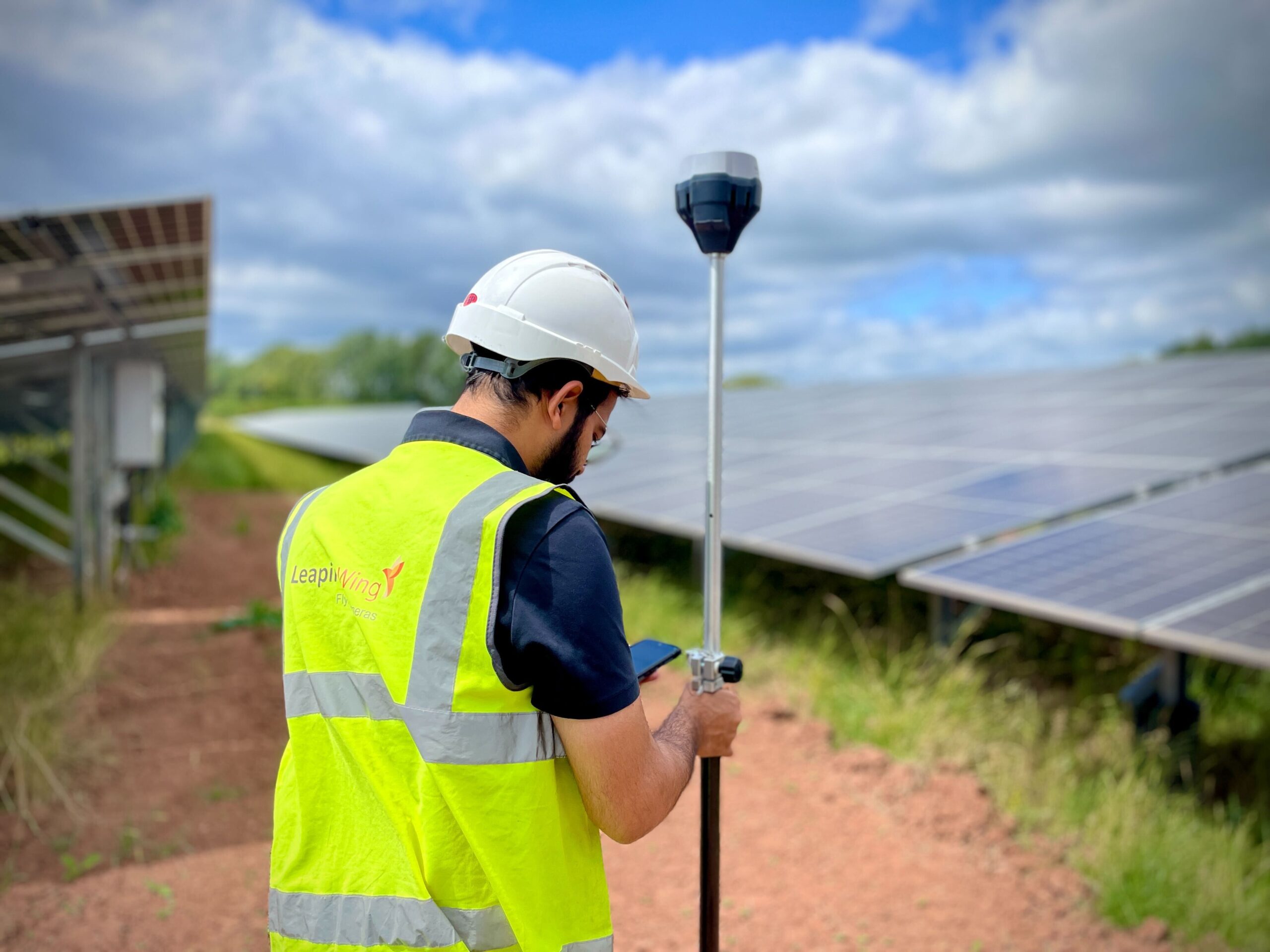It’s Michael here. Lead surveyor at Leaping Wing.
Knowledge sharing is something we feel passionate about. So, this month, I thought I’d run through one of our key workflows in cut/fill analysis for drone data: how to measure volumes against a design file. I hope you find it useful and informative.
The Problem
Your client wants to measure the future extraction from, say, a quarry. You have an accurate drone model, and you have a design file which illustrates the planned final state of the site. However, the design file is a 2D CAD file. Here’s how to bring together the data and give the client the required valuable information.
Step 1 – Georeference the Design File (if needed)
Unless the design file is already georeferenced, it won’t be scaled or positioned correctly. To fix this, we use a Python extension in the open-source GIS system QGIS.
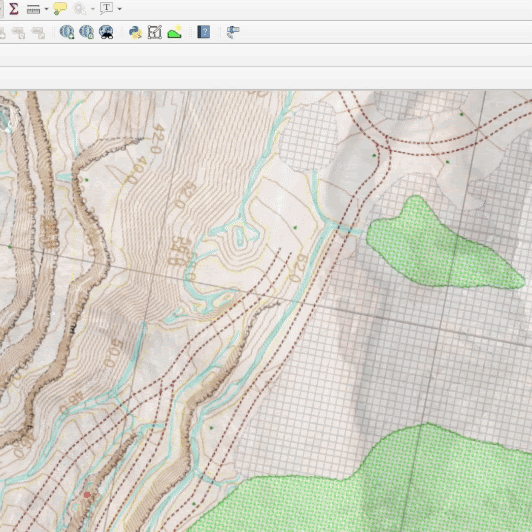
Step 2 – Extract/trace contours
If contours in the design file can be extracted as linework (e.g. DXF vectors) then this saves a lot of time. However, often the file does not allow this (especially PDF exports). In this case, we manually recreate those contours by tracing into our analysis software. As we create them, we also add their elevations as indicated by the design file.
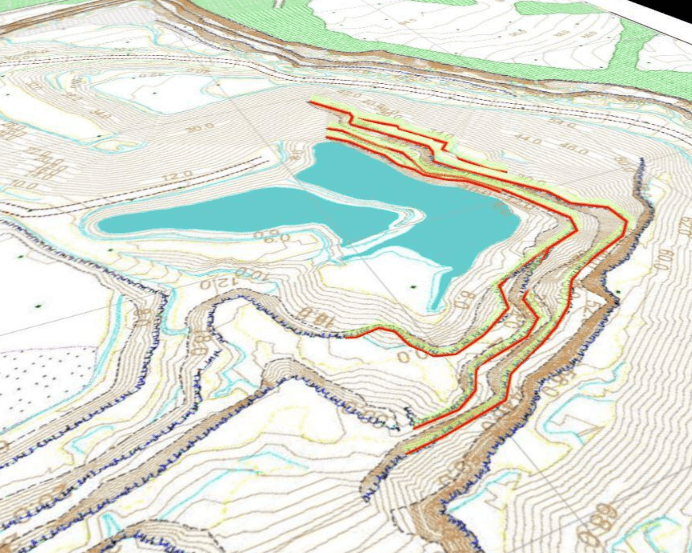
Step 3 – Build Terrain Mesh and Apply to the Design Model
Now we can create a mesh representation of the design file. This will be the basis for our volume measurements. In turn, we can conform the terrain to that mesh. This is now your virtual design quarry!
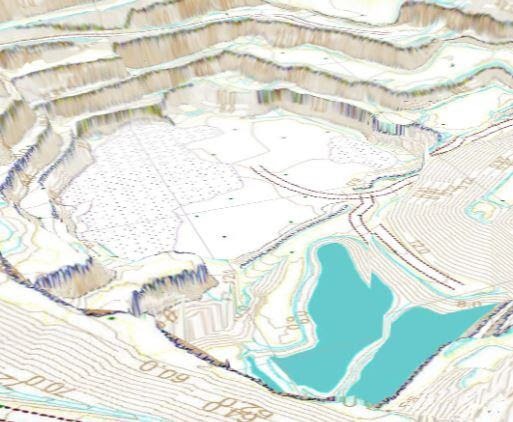
Step 4 – The Analysis
Armed with your two quarries (current v design), you can now compare the two in a cut/fill analysis. This will calculate areas of cut, areas of fill, and the net difference between the two models. We often supplement the numerical data with heat maps to illustrate the measurements.
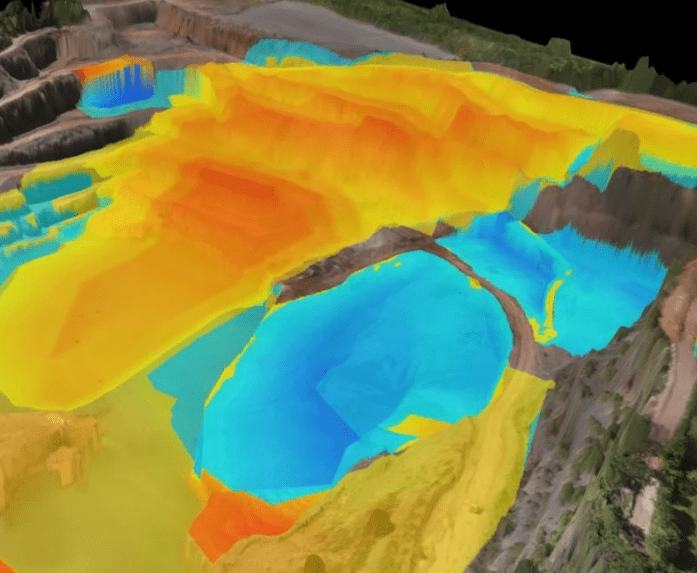
And that’s it!
A key benefit of this workflow is that, once the design model is created, we can track progress monthly, even annually as the site moves forward. It’s a fantastic oversight opportunities for our clients, and enables them to track operational efficiency and plan financially.
Getting in Touch
As ever, we’d love to hear about your project, large or small. And if there’s a subject you would like us to cover in a future ‘how-to’ just drop us a line.

